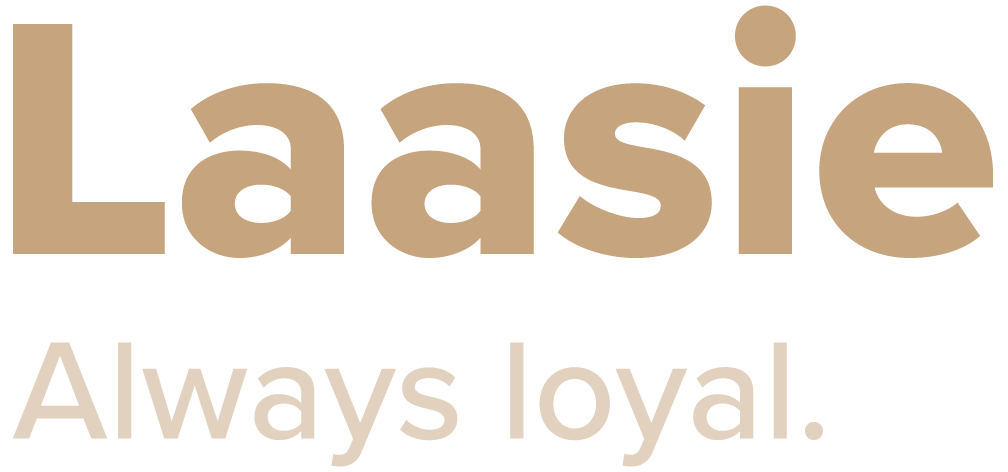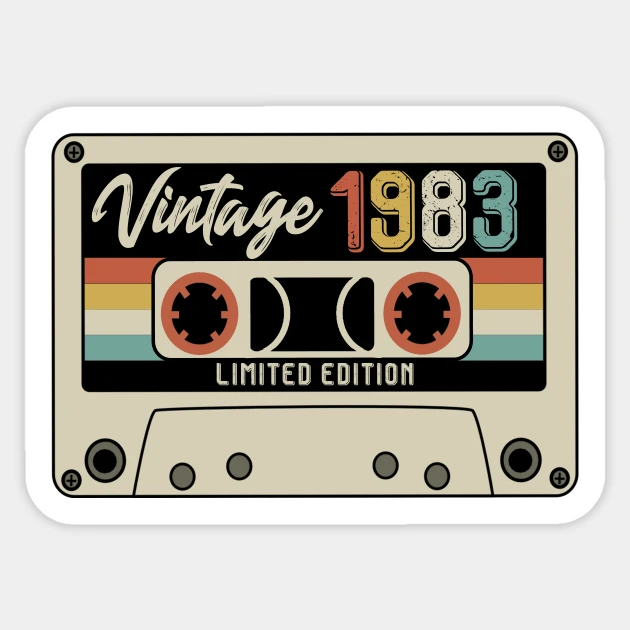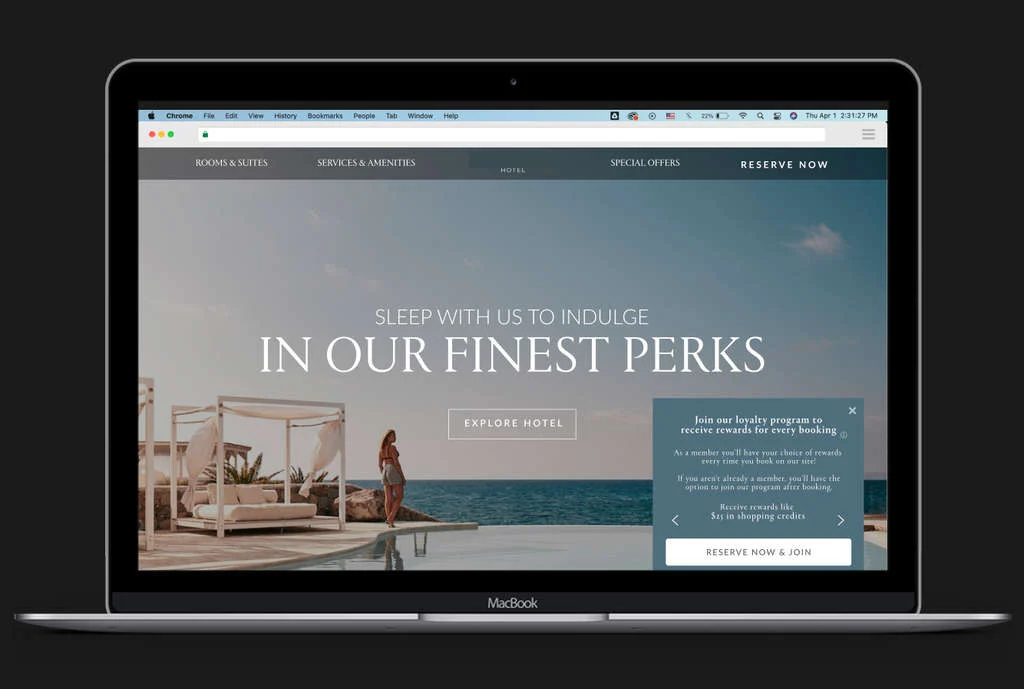Tell me if this scenario sounds familiar. You’re a loyalty member of one of the big four hotel chains. You’ve collected the points while traveling a lot for work, often spending 1-2 nights in highway-adjacent hotels with little-to-no amenities. You thought it was well worth it, especially once you finally reached the coveted “Gold Status”.
Then, you cashed in on those rewards. You decided to travel with your significant other and instead of booking a vacation rental, you remember all those rewards points you saved up and consider a chain hotel instead. After all, the promised perks included complimentary upgrades (when available), faster WiFi speeds, and the two free bottles of water upon check-in!
But when you eventually check-in, the front desk agent doesn’t even recognize your prized status level. The conversation maybe goes something like this:
Front-Desk Agent (FDA): Thanks for staying with us. Here’s your key.
You: Well, actually I’m a gold member here. Do I qualify for any perks today?
FDA: No, sorry, we’re fully booked. No room upgrades are available.
You: OK…can I at least get that free water?”
FDA: *Huffs* Fine. Let me check in the back.
That’s it. After months of accumulating points, you’re made to feel like a nuisance for requesting a few free bottles of water. Unfortunately, this is based on a true story. This is the experience many hotel chains are giving their points-based loyalty members on a regular basis. And in today’s day of instant-gratification, it’s simply not acceptable to promise the world and deliver next to nothing.
If you’re a hotel and still thinking that a points-based program is the way to go, don’t limit yourself. Open your hotel group up to the possibilities of more ancillary revenue and guests who are actually happy with what you’ve given them.
As a modernized loyalty solution looking to convert hotels from points-based programs to an instant rewards network, we’ve heard many objections along the way. But we’re here to tell you, they’re mostly based on myth.
Let’s explore these myths and see if your main objections can be resolved in one of three ways…
Myth 1: Points are the only cost-effective loyalty program
Let’s face it, you have to consider their bottom-line when researching options for a loyalty program. The cost-benefit analysis often leads hoteliers down the path of points programs because it’s clear what the ROI will be.
The downside is that guests can smell your frugality from a mile away. They are hyper-aware that the rewards they’re getting with points are not super valuable, will not often be received (like the example above), and they cost you next to nothing.
A strong compromise could be instant-reward offers that are mostly sponsored by the partner. For example, the average $25 gift card reward on the Laasie partner platform costs a hotel $3. The guests receive a perceived benefit of $25, and you look like a hero! Instead of offering points guests may not use, you could have a juicy rewards ecosystem with offers that people really want.
Seems too good to be true but it’s not. These partners are willing to share high-value items at a low cost because of the high-wallet share audience you’re putting in front of them. People willing to purchase a hotel room night are more likely to utilize their rewards and spend money with the partner’s brand. Consider that the person using a $25 gift card will probably spend $50 or more with their purchase, and come back for more.
Myth 2: Points are the only turn-key loyalty programs
Another hurdle a hotel needs to overcome when standing up a loyalty program is, well, standing it up. When starting from scratch, hotels often find options for a points-based platform plentiful, and therefore stick with that option. However, these apps are often white label, clunky, not-native, and from the guest-side, redemption is clunky and cumbersome.
In today’s tech-forward environment, there are many more options for hotels to consider. There are now turn-key solutions for cashback rewards, instant rewards, and many other beyond points. With Laasie, for example, the time period between pressing “go” and your first direct booking conversion is almost immediate.
Myth 3: Points are the only fair way to reward frequent guests
Another argument to be made for points-based programs is that it’s the only fair way to recognize more frequent guests. It’s simple to understand how more stays equates to more points, and guests should be rewarded for their continued loyalty.
However, with CRM tech being as robust as it is today, hotels can target their customers based on a multitude of factors. Some of which are how many stays or how much a guest spends. Now, a guest’s lifetime value is a field as basic as name and email address. With this knowledge, your hotel knows WHO should receive more grand rewards, so now the answer is HOW do you make sure they receive them.
Enter: Laasie. The solution easily integrates with your CRM to allow you to send, from a single campaign, multiple types of rewards values. This ensures that your $10,000 value customer receives something a bit more special than, say, your $200 value customer.
Now that these myths have been busted and your questions have answers, the choice is yours. You can keep rewarding guests with two free water bottles, and leave them thirsty for more. Or, you can consider the advantages of a different kind of rewards-based loyalty program. One that leaves guests instantly gratified, and ready to spend more, and do more, with your hotel and its ancillary brands.





















